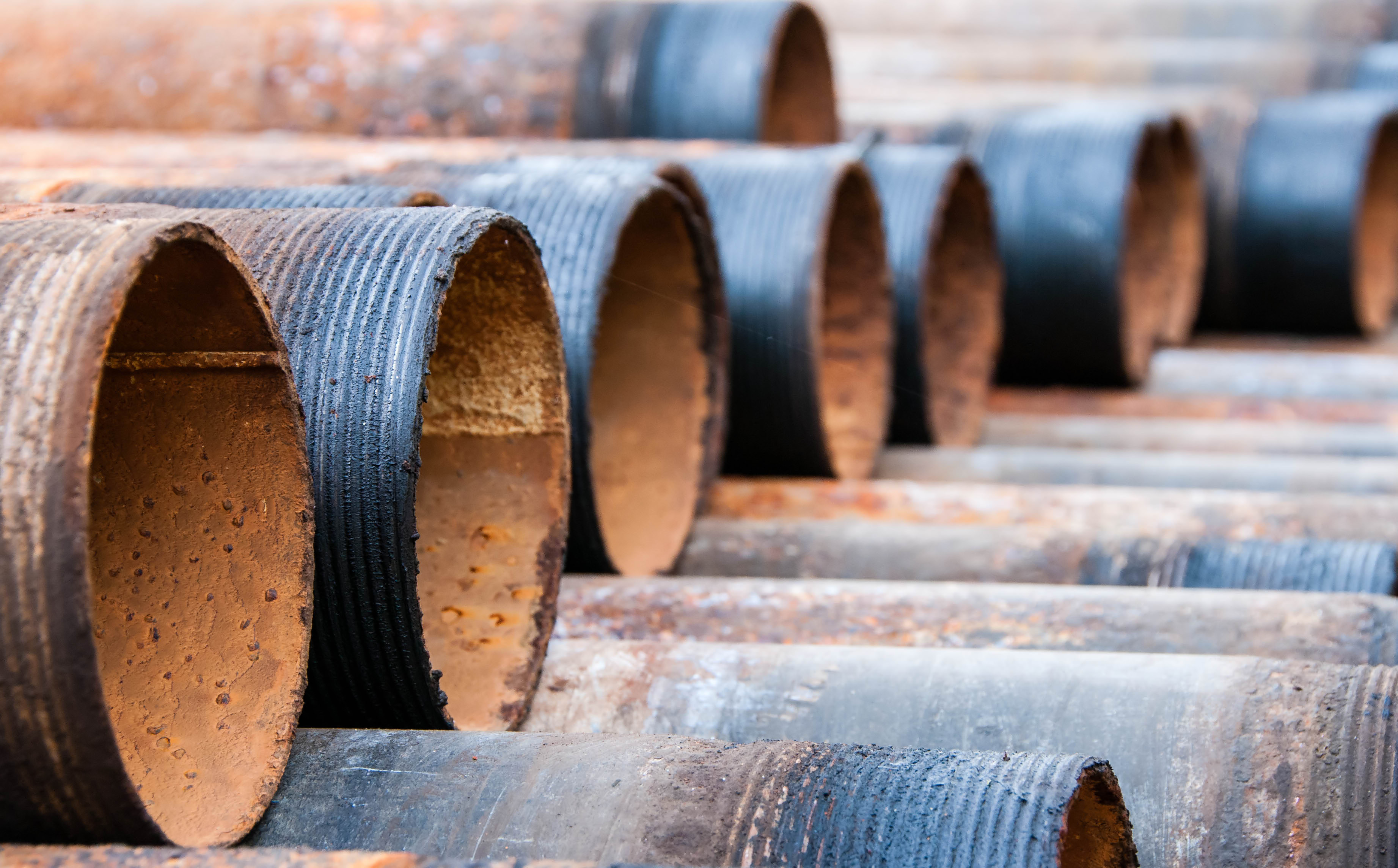Yesterday, Canadian pipeline behemoth Enbridge won government approval for its plans for 9B, one of the most contentious pipes in pipe business. While it doesn’t get much press, 9B is important because it’s part of a hot, new trend in trans-national pipe dreams: Skirting environmental review, and public scrutiny, by pumping dirty crude through existing pipelines rather than building new ones.
Enbridge wants to use 9B to carry up to 300,000 barrels of tar-sands oil per day to Quebec for refining and export. And it is determined to not repeat the mistakes of TransCanada, the company behind the much-maligned (and very publicly held-up) Keystone XL pipeline. Thus the tactic of reusing old lines, a game that it has already played with several other pipes.
One of those pipes was 6B, which dumped a million gallons plus of freshly harvested tar-sands crude into Michigan’s water supply in 2010. Another is Line 5, whose capacity was expanded 10 percent recently, despite the pipeline’s being over 60 years old, and despite its running through the Straits of Mackinac, which connect Lake Michigan and Lake Huron, also known as a hell of a lot of fresh water. The effects of the dilutant that is mixed with tar-sands crude to help it move through the pipe are not well understood and are at least equal to, if not more corrosive than, conventional crude.
Line 9, of which 9B is one part, is a 38-year-old stretch of pipeline that runs along the northern part of Lake Ontario. It was originally built to get Canadian crude out to Quebec. In 1998, the flow was reversed to bring in cheap oil imports from West Africa and the Middle East. Now, the National Energy Board has given Enbridge the go-ahead to reverse it again, to funnel tar sands to Quebec.
It is not a huge surprise that 9B was approved. Canadian Prime Minister Stephen Harper has proclaimed an ardent desire to mitigate climate change — but only if that does not in any way involve stopping, or even slowing, the geyser of money issuing from the Alberta tar sands. Just to be on the safe side, his administration has cut funding for scientific research involving things like air quality, water quality, emissions, and oil spills. It has also set up an $8 million fund to audit nonprofits (i.e. environmental groups) and make sure that they aren’t engaging in “partisan” political activity.
The Energy Board, a federally appointed three-person panel, was operating under a new set of rules put in place after 1,500 people showed up during the public comment period for another pipeline, the Northern Gateway. In order to comment to the panel directly, opponents of 9B had to fill out a 10-page application and prove that they would be directly impacted. Even writing a letter of protest to the panel required pre-approval.
The green light for 9B came with 30 conditions, so the reversal won’t happen immediately. Meanwhile, pipeline opponents are reacting in different ways. Groups like Rising Tide are calling for a direct action. Others are pushing for an Environmental Impact Review.
A group called ForestEthics Advocacy filed a lawsuit arguing that the new rules around comments are unconstitutional, and that the scientific evidence given to the panel to make its decision was unsound. If the suit succeeds, then oddly enough, the new rules surrounding pipeline approval could be 9B’s undoing.



